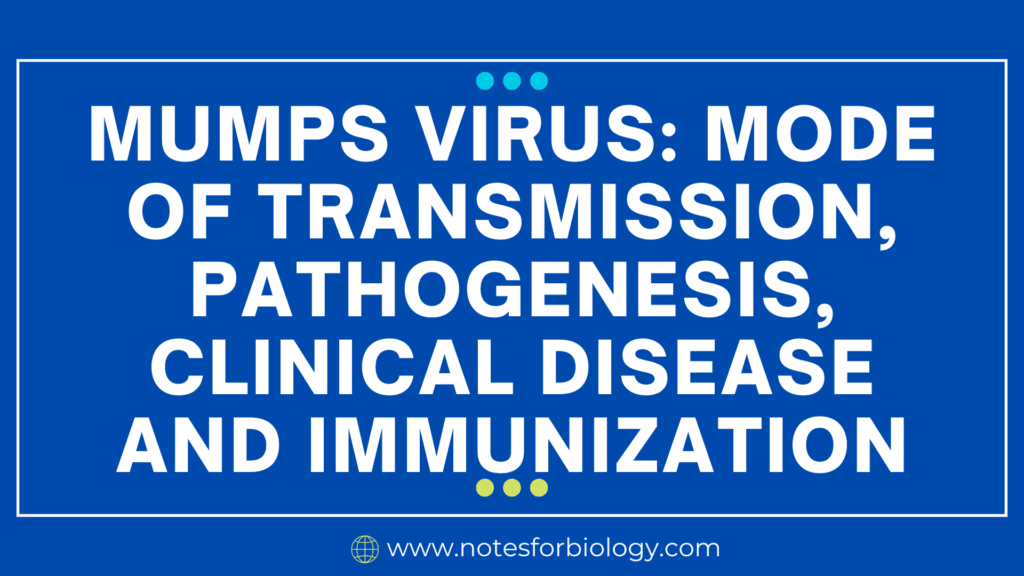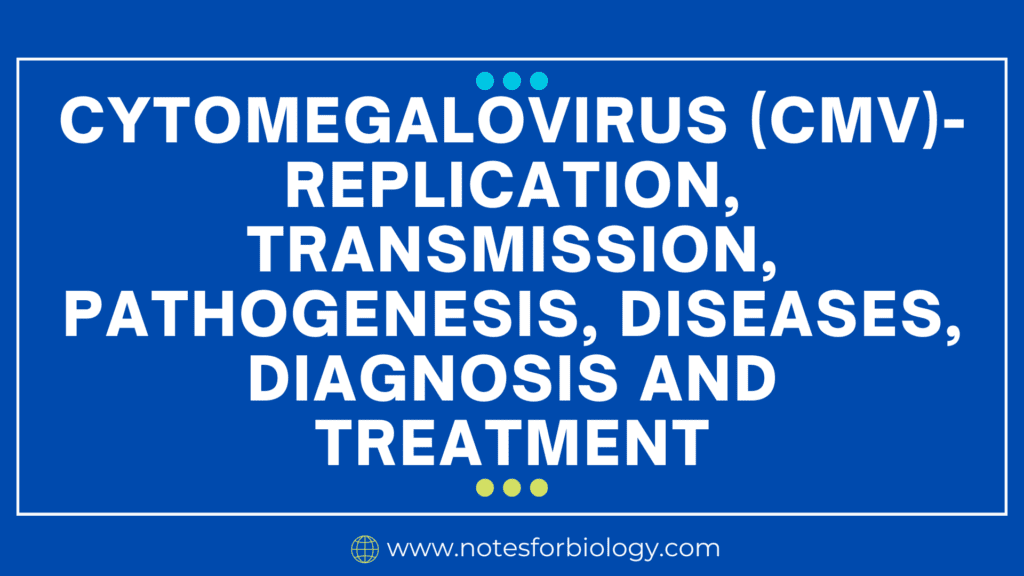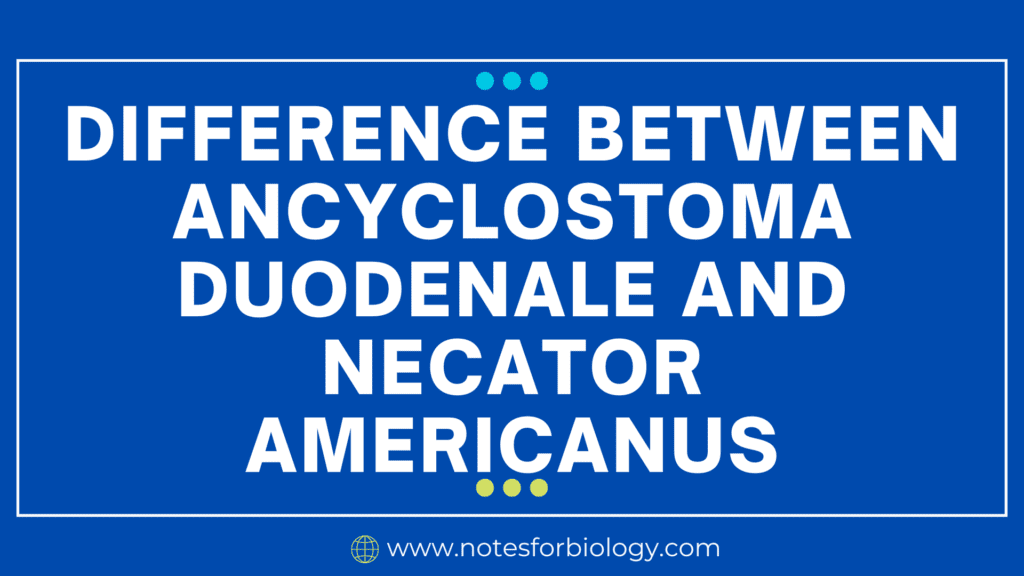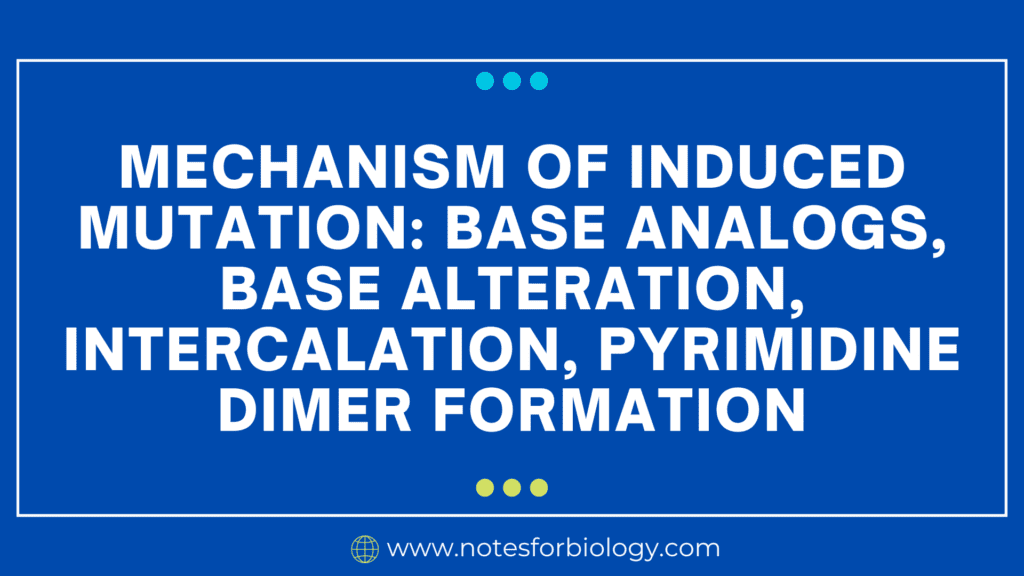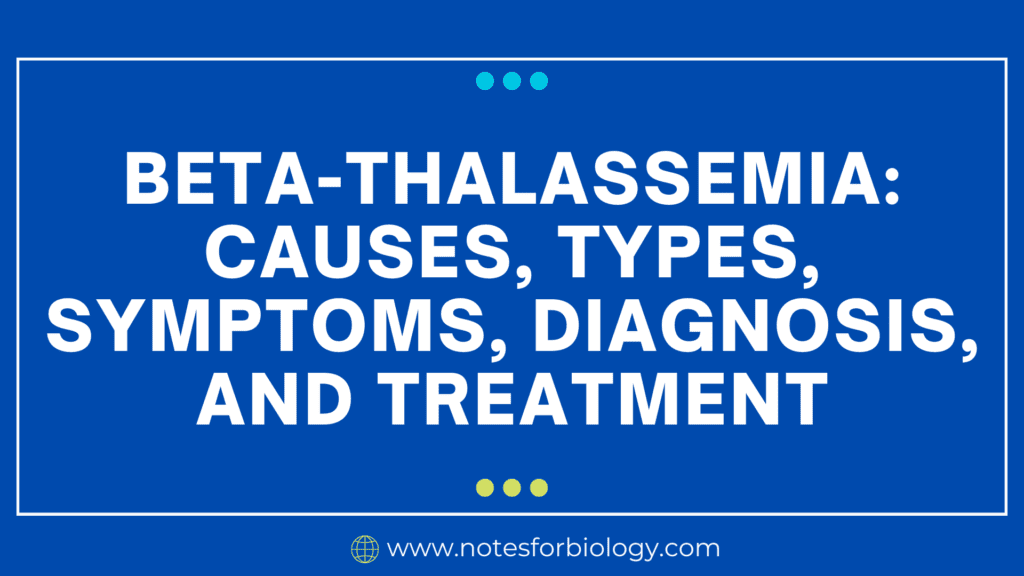Enterobius vermicularis- Morphology, Life cycle, transmission, pathogenesis, disease and treatment
Enterobius vermicularis Enterobius vermicularis, commonly known as the pinworm or threadworm, is a parasitic roundworm that infects the human gastrointestinal tract. While often viewed as a nuisance, pinworm infections can cause discomfort and, in rare cases, more serious complications. This guide will delve into the fascinating world of this tiny parasite, exploring its morphology, life […]



